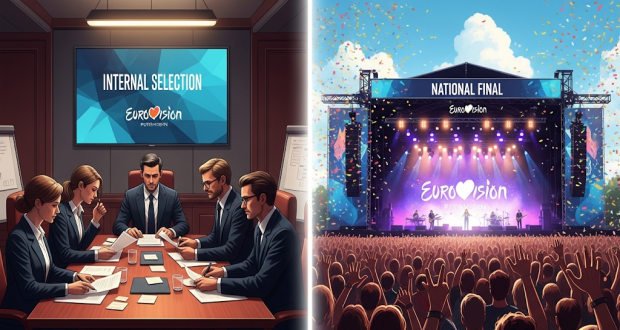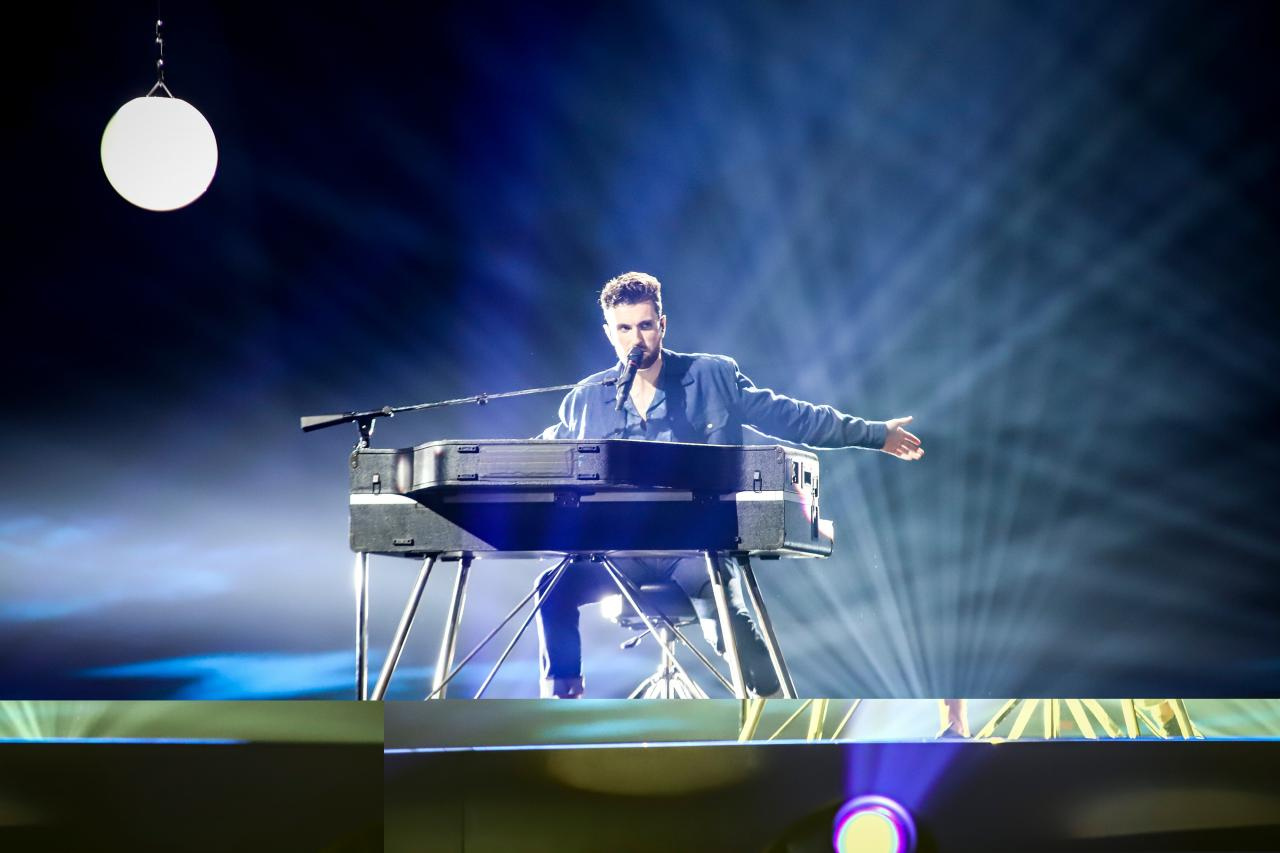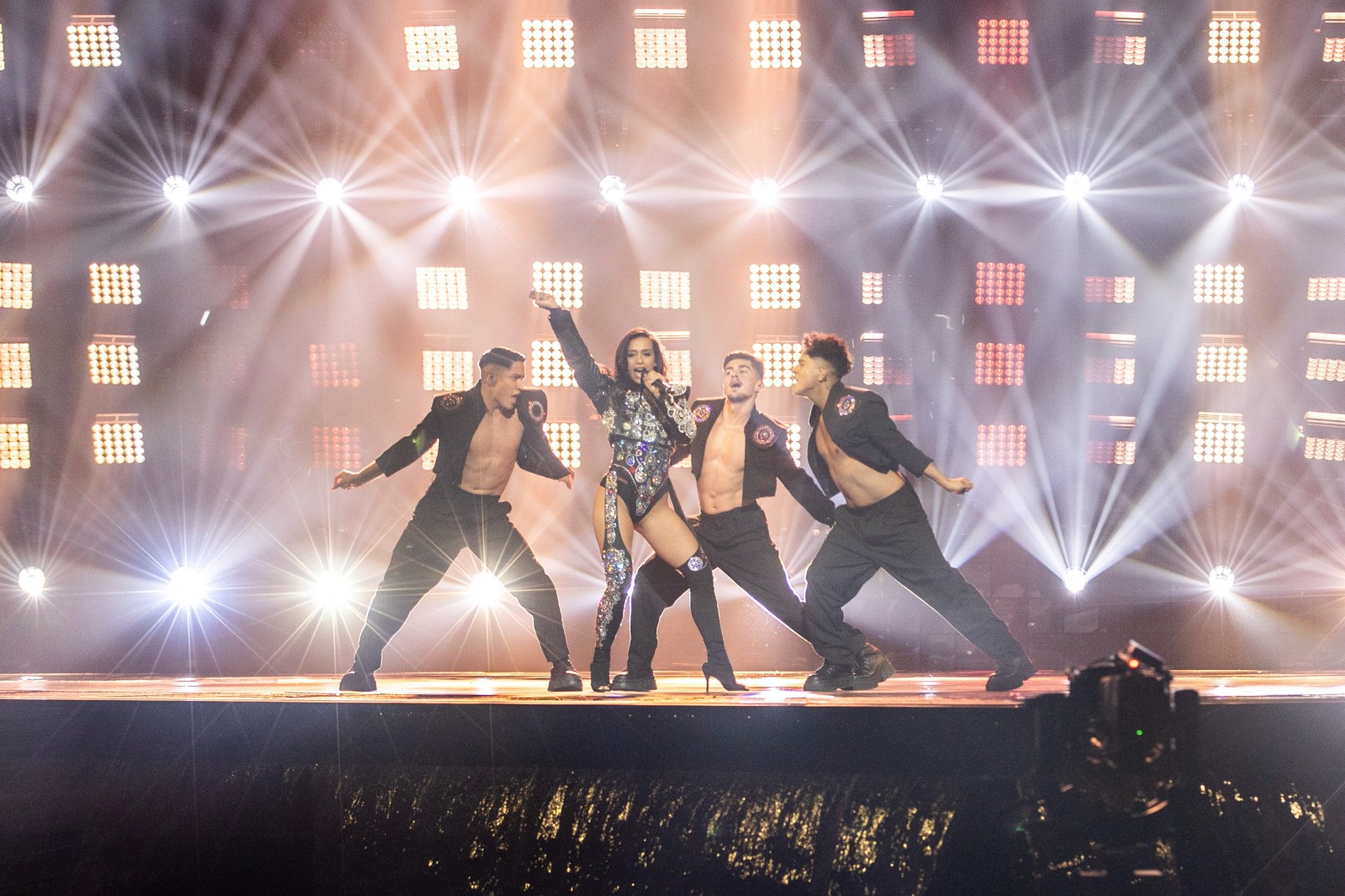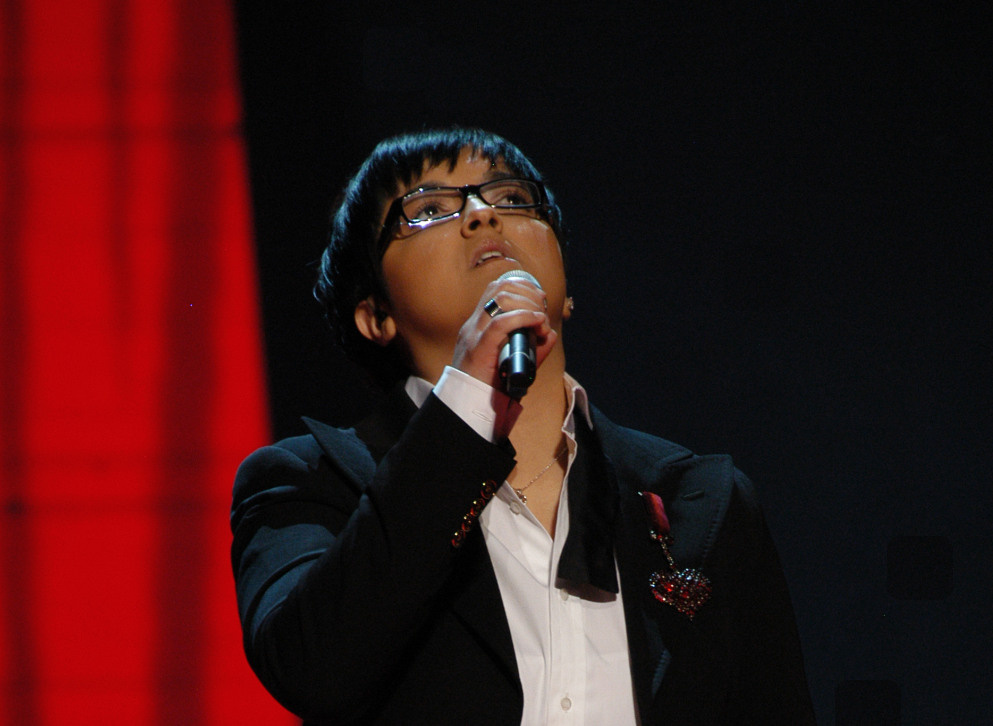Every year, as the Eurovision Song Contest approaches, one question inevitably dominates fan discussions: is it better to choose a representative internally or to organize a public national final?
This dilemma regularly sparks debates among both the public and experts, as both approaches have their own advantages and challenges. An internal selection allows broadcasters to carefully choose an artist and a song, often tailored for the international stage and current music trends, while a national final gives the public a sense of participation and creates a spectacular event that builds fan support from the very beginning.
Although it might seem at first glance that one system gives a greater chance of victory, Eurovision history shows that a universal formula for success simply does not exist. Triumphs come from both worlds, and a winning combination often depends on song quality, stage performance, timing, and, of course, a little luck.
This very uncertainty is what makes Eurovision a competition that captivates attention and ignites passionate debates among fans year after year.
Internal Selection – Trust in the Experts and the Secret Weapon
An internal selection, where the broadcaster alone chooses the artist and song, is often seen as the safest option. The main advantage is that it eliminates the element of chance: the decision is in the hands of professionals who search for the ideal combination of voice, song, and stage vision. This approach often leads to the selection of established artists with already-built careers and confidence on stage. For example, numerous Eurovision winners—from Austria’s Conchita Wurst to the Netherlands’ Duncan Laurence—were the result of an internal selection.
Another advantage of this method is that broadcasters have complete control over the process. The song is chosen strategically, taking into account music trends, audience expectations, and the potential for a spectacular stage performance.
However, the price of this approach can be a loss of connection with the home audience. Fans can sometimes feel excluded, as they are denied the right to influence the decision with their vote. And without strong domestic support, a carefully crafted song might be left without broader momentum.
National final – A festival of music and the power of the people’s vote
National finals, such as Sweden’s Melodifestivalen or Italy’s Sanremo, are much more than just a selection process—they are genuine music festivals and social events. Broadcasters get massive viewership, artists receive media attention, and the public feels like they are part of a major process. This very interaction creates strong support and a sense of community around the representative heading to Eurovision.
A big advantage of a national final is that the song and artist go through a „baptism of fire“ in front of their home audience. It’s an opportunity to test the stage performance, gauge reactions, and for the artist to feel the pressure of the competition before the Eurovision stage itself. Additionally, national finals often produce hits that outlive Eurovision, which further strengthens the country’s music industry.
However, this path also has its pitfalls: a song that wins the hearts of the domestic audience does not necessarily „click“ with the international crowd. Local popularity can sometimes prove misleading, and it has happened that a national final favorite ends up at the bottom of the scoreboard at Eurovision.
Which model brings victory?
The question of „which model brings victory“ has no simple answer, as everything depends on the moment and context, and Eurovision history is full of twists. Sometimes it’s the winners of national finals, as was the case from 2006 to 2013, and sometimes it’s internal selections, which is a trend we’ve been witnessing in recent years.
However, the methods of selection are varied, and we’ve analyzed every Eurovision winner from 2000 to today to discover which path has most often led to triumph. When we look at the last 25 years and 25 winners, the statistics clearly show that the national final is the most dominant model.
The winning song came from a competition like Beovizija or Melodifestivalen as many as 15 times. Just remember our own Marija Šerifović and her „Molitva“, Russia’s representative Dima Bilan, or Loreen, who triumphed both times through the Swedish national final.
When it comes to internal selection, it has brought victory 6 times. The most recent examples are the winners Nemo and JJ, but we must not forget legendary songs like „Everyway That I Can“ by Sertab Erener, „Wild Dances“ by Ruslana, „Rise Like a Phoenix“ by Conchita Wurst, or „Arcade“ by Duncan Laurence.
Many of these songs have become true „evergreens.“ The Turkish song is still a favorite today, as we saw in the interval act of this year’s final, and the Dutch „Arcade“ is one of the most streamed Eurovision songs on platforms like Spotify.
There is also a third, mixed model, which combines elements of both internal and national selection. This is the case when, for example, an artist is chosen internally, but the song is selected by public vote, or vice versa. This model brought victory to Helena Paparizou in 2005, whose artist was chosen internally while the song was selected in a national final. It was similar with Netta in 2018, when the artist was chosen via a TV show, and the song was confirmed internally.
Although it seems that national finals still hold the primacy, recent years show a growing success for internal selections. Below, you will find a detailed overview of all the winners since 2000 and the path they took to fame before stepping onto the grand Eurovision stage.
Winners’ table
| Year | Winner — Song | Conutry | Selection method |
|---|---|---|---|
| 2000 | Olsen Brothers — Fly on the Wings of Love | National final — Dansk Melodi Grand Prix | |
| 2001 | Tanel Padar, Dave Benton & 2XL — Everybody | National final — Eurolaul | |
| 2002 | Marie N (Marija Naumova) — I Wanna | National final — Eirodziesma | |
| 2003 | Sertab Erener — Everyway That I Can | Internal selection | |
| 2004 | Ruslana — Wild Dances | Internal selection | |
| 2005 | Helena Paparizou — My Number One | Mixed — artist (Helena) selected internally, song selected in national final (TV song selection) | |
| 2006 | Lordi — Hard Rock Hallelujah | National final — Euroviisut / UMK format | |
| 2007 | Marija Šerifović — Molitva | National final — Beovizija | |
| 2008 | Dima Bilan — Believe | National final — Evrovidenie | |
| 2009 | Alexander Rybak — Fairytale | National final — Melodi Grand Prix | |
| 2010 | Lena Meyer-Landrut — Satellite | National final — Unser Star für Oslo | |
| 2011 | Ell & Nikki — Running Scared | Mixed — artists selected through Milli Seçim Turu (national selection), while the song was selected internally | |
| 2012 | Loreen — Euphoria | National final — Melodifestivalen | |
| 2013 | Emmelie de Forest — Only Teardrops | National final — Dansk Melodi Grand Prix | |
| 2014 | Conchita Wurst — Rise Like a Phoenix | Internal selection | |
| 2015 | Måns Zelmerlöw — Heroes | National final — Melodifestivalen | |
| 2016 | Jamala — 1944 | National final — Vidbir | |
| 2017 | Salvador Sobral — Amar pelos dois | National final — Festival da Canção | |
| 2018 | Netta — Toy | Mixed — Artist selected via HaKokhav HaBa (TV Selection), song confirmed internally | |
| 2019 | Duncan Laurence — Arcade | Internal selection | |
| 2020 | OTKAZANO (pandemija COVID-19) | — | Takmičenje je otkazano 2020. (nema pobednika) |
| 2021 | Måneskin — Zitti e buoni | National final — Sanremo Music Festival | |
| 2022 | Kalush Orchestra — Stefania | National final — Vidbir | |
| 2023 | Loreen — Tattoo | National final — Melodifestivalen | |
| 2024 | Nemo — The Code | Internal selection | |
| 2025 | JJ — Wasted Love | Internal selection |
 OGAE Serbia :: Vaš evrovizijski svet
OGAE Serbia :: Vaš evrovizijski svet







